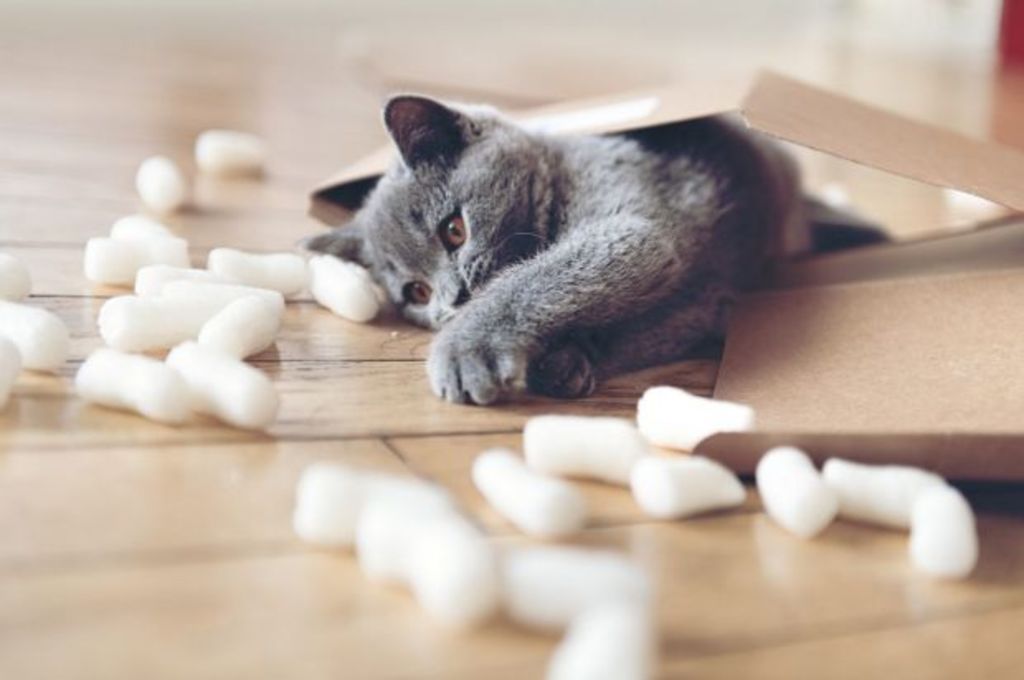Five things you should consider before bringing a new kitten home

Cats are complicated and kittens are crafty, so when it comes to bringing a kitten into your house there are five things you should consider.
1. Check for hazards
The first thing to do before you bring a feline friend into your house is to take the lay of the land and see what hazards might be in store for an intrepid explorer of your household, both high and low.
Rachel Chay, chief veterinary officer at pet care company Greencross, said it was important to remember cats will climb and jump, so taking care to ensure they will not injure themselves is paramount.
“You can invest in some really great things that make your home pet-friendly for cats such as a cat enclosure,” she said.
RSPCA scientific officer for companion animals Dr Bronwyn Orr said removing sharp objects from around the home, particularly those around bookcases and benches, is an important part of making it safe for your furry friends.
She also recommends removing anything you’re worried might be knocked over, saying; “Your cat will probably take great pleasure in knocking your things off shelves.”
Indoor plants might be popular interior decor, but Dr Orr said it was important to have no plants inside your home as many can be toxic to your cat, particularly the popular Peace Lilies that are poisonous to cats and can even kill.
2. Create a designated sleep space
Secondly, it is important to work out where your cat will stay. They’ll need a bed, in an area away from their litter tray.
Dr Orr recommends setting up a kitten’s bed in an area with food, water and toys.
“Aside from their own dedicated space, cats require multiple sources of water, litter trays and sleeping areas around the house to feel comfortable,” she said.
Dr Chay agrees, saying although it is OK for kittens to sleep on the couch or your bed, it is best to set up their own bed area once they’re fully grown.
“Particularly in the early days kittens can be easily confined to one room of the house as long as they have the essentials… plus toys to keep them amused in your absence.”
3. Provide entertainment
As part of setting up a space for your new kitten, you’ll want to bring in plenty of toys, but don’t make the mistake of giving them out all at once, says Dr Orr.
Kittens can be happy enough with a piece of string or a box of tissues, but for something safer and more longer lasting the RSPCA recommends toys that involve a chase or a puzzle.
“Cats are individuals, some like toys and some don’t, the biggest thing is to rotate the toys,” she said.
“People make the mistake that they buy all the toys and the cat won’t play with them. You’ve got to put them away and rotate them, to maintain the novelty and excitement.”
4. Tackle toilet training
Training your kitten to use the litter box is essential house training for your cat. When planning on where to store the litter box, Dr Orr says to choose an area away from food, where they have privacy and where you are happy for the litter tray to remain permanently.
She said the way to teach them was to place them in their litter tray within half an hour of feeding time and encourage them to scratch around in the litter.
Dr Chay said litter should be cleaned daily and replaced weekly as some cats are so particular about cleanliness they’ll find somewhere else in your house if their box is not up to scratch.
5. Introduce them to the outside world
Lucky last is planning when, where and how to expose your active kitten to the world outside your walls.
Some people start with escape-proof enclosures, while others use cages or even walk their cats on a leash.
But Dr Orr said cats on leashes will want to escape if they encounter a dog, often doing so by climbing the nearest tallest thing, often you, with their sharp claws.
“Cats aren’t gregarious like dogs, they only want to go outside to hunt and chase. You’re not going to walk them to the local park,” she said.
If you do want to use a lead with your cat, Dr Orr advises training them from when they’re young.
We recommend
States
Capital Cities
Capital Cities - Rentals
Popular Areas
Allhomes
More







